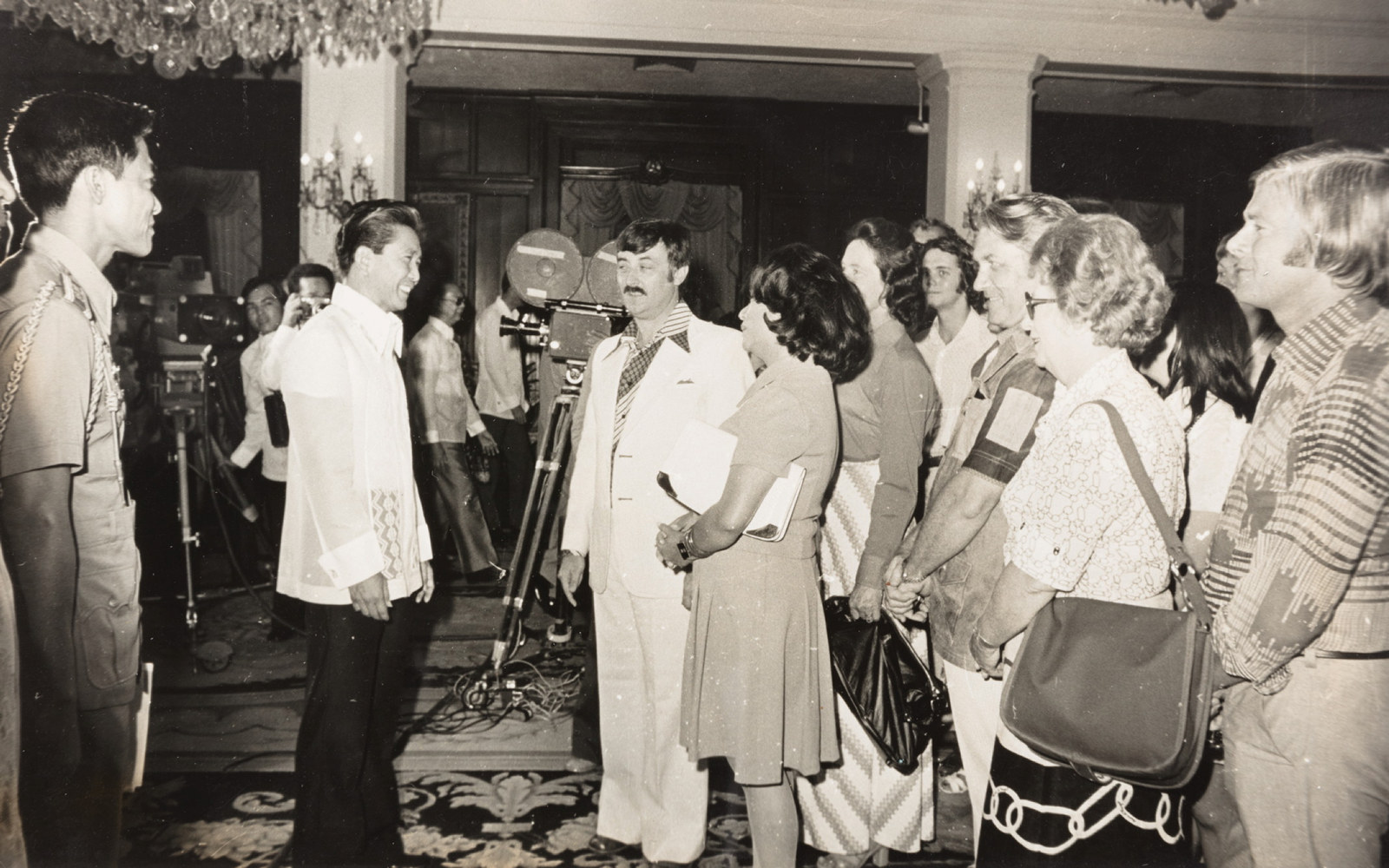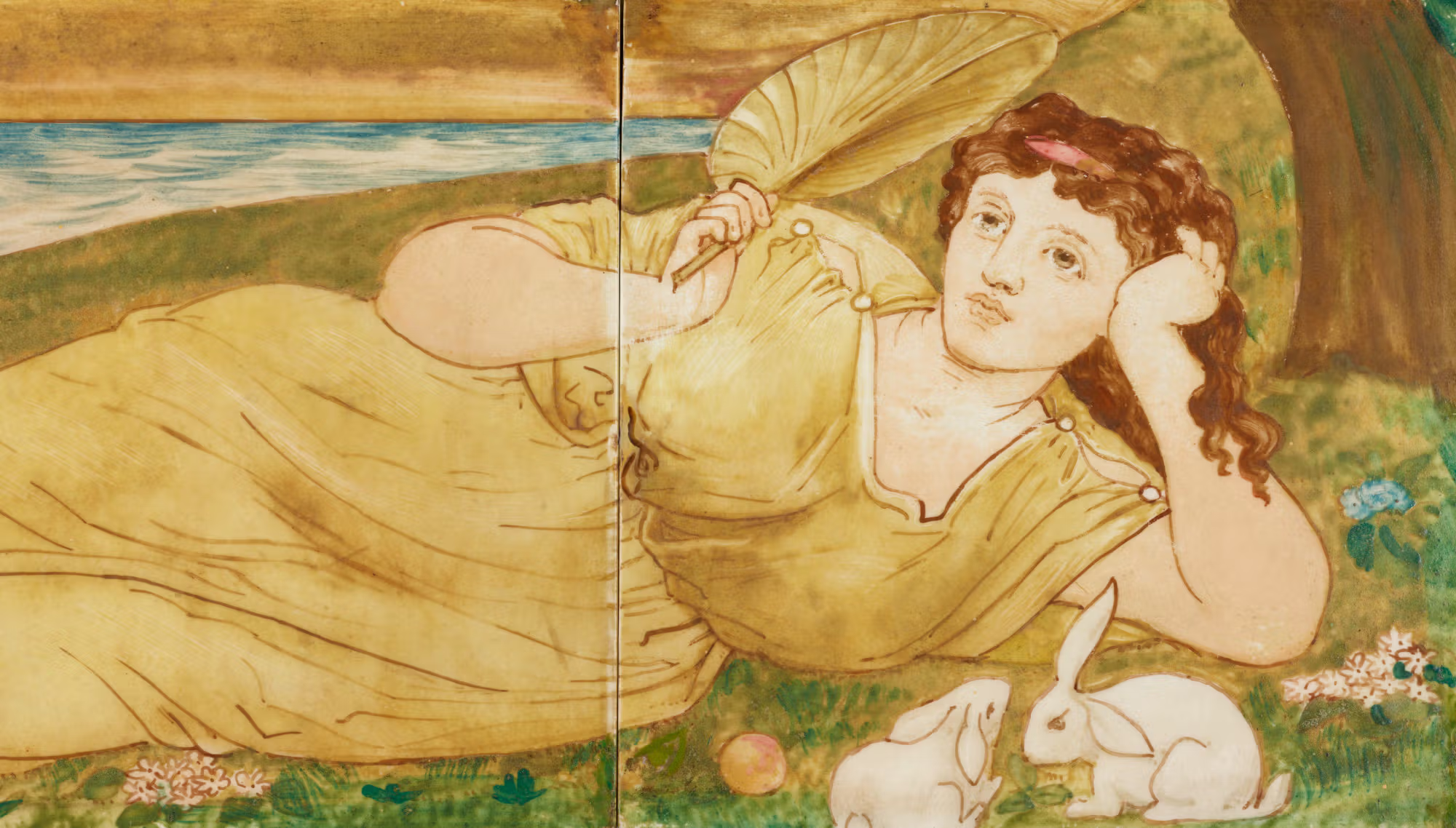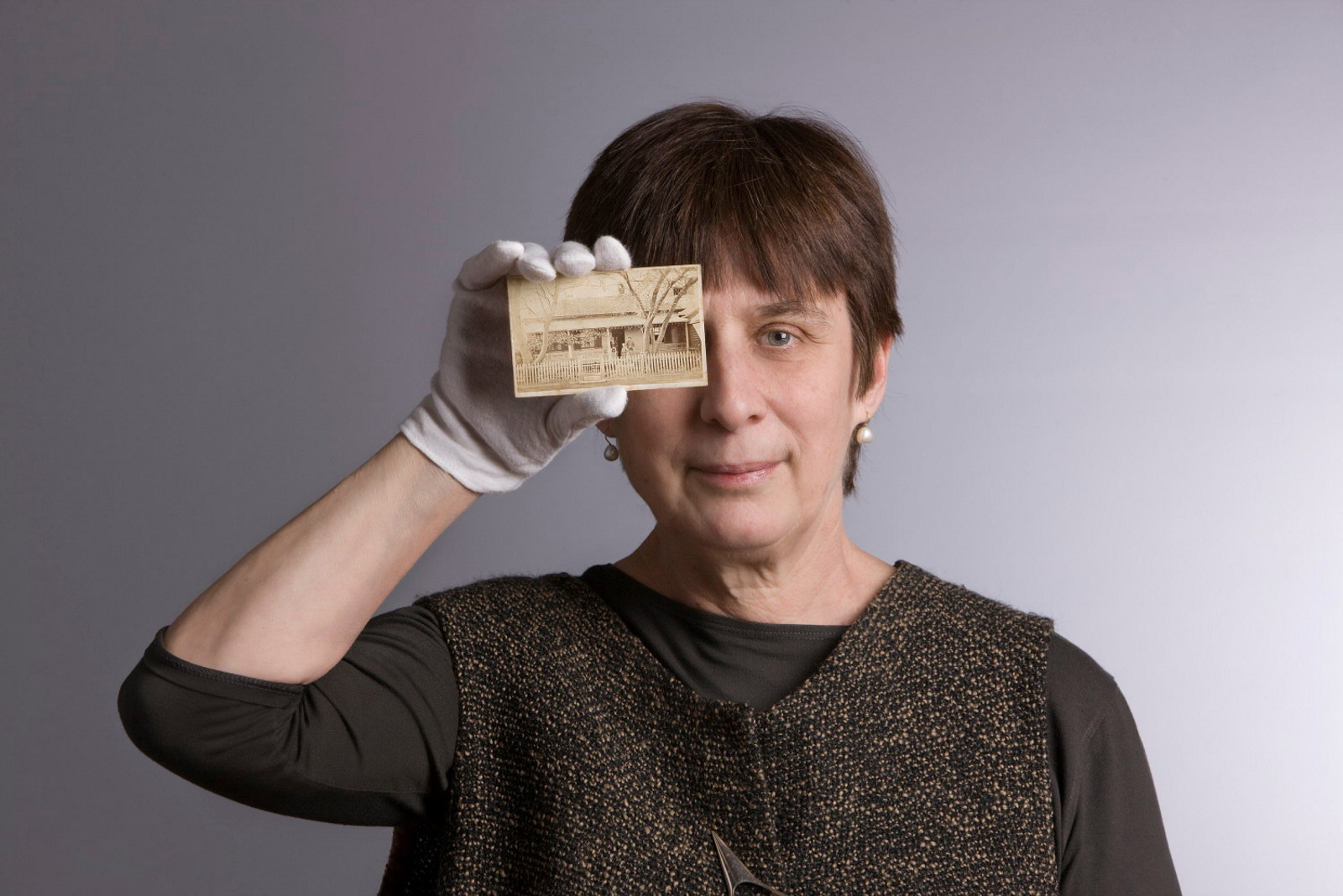Turning the leaves of Australian garden history
The Caroline Simpson Library & Research Collection comes into bloom with a beautiful collection of rare Yokohama Nursery Company catalogues.
In the second half of the 19th century, a craze for Japanese arts and culture swept through Western literary and artistic circles, resulting in an aesthetic style that came to be known as ‘Japonisme’.
Many Western travellers to Japan, including travellers from Australia, returned home with examples of Japanese woodblock prints, ceramics, textiles, bronzes, lacquer and other artefacts. A few travellers, mostly professional plant collectors, also brought back Japanese plants, including conifers, bamboo and bulbs, flowering trees such as cherries and magnolias, and shrubs such as Japanese laurel (Aucuba japonica).
Plants in print
English gardening magazines published articles about the new plants and these reports were often reprinted in the horticultural columns of Australian newspapers. But few gardeners in Australia had access to the plants themselves.
That all changed late in the 19th century when a cooperative of four Japanese nurserymen established the Yokohama Gardeners Association with the express purpose of selling Japanese plants to the West. In 1893 the association became the Yokohama Nursery Company Limited. It offered a wide variety of ornamental and economic plants, seeds and bulbs, and issued annual descriptive catalogues in English.
Rare collectors’ items
The catalogues are now rare collectors’ items and, thanks to the generous support of the Sydney Living Museums Foundation, the Caroline Simpson Library & Research Collection (CSL&RC) has acquired four examples in recent months: the catalogues for 1900, 1902, 1903 and 1910–11.
The catalogues feature fine chromolithographic plates depicting irises, lilies, cherries, maples, peonies and camellias, plus other plants whose long popularity in Japan led to the development of beautiful cultivars previously unavailable to Western gardeners. They also depict elements characteristic of Japanese gardening, such as dwarfed trees (bonsai), stone lanterns and porcelain flowerpots.
Window of history
These recent acquisitions are highly significant, as no other copies are known to be held in Australian public collections. They have the power to open a window into a little-known aspect of Australian garden history. Australian scholars now have an opportunity to explore the connections between the Yokohama lists of plants, seeds and bulbs and the plants listed in catalogues produced by Australian nurserymen around the same time.
We know that the Yokohama Nursery Company advertised in the Australasian Nurseryman, Seedsman and Florist magazine, and that a number of Australian nurserymen received the company’s catalogues. Now we can take this knowledge a step further.
The Yokohama catalogues form just a small part of the special collection of rare architectural and furniture pattern books, trade catalogues, manuscripts and photographs held at the CSL&RC. We continue to build this collection – developed to extend our understanding of the history of Australian house and garden design, and interior furnishing – with financial support from the Sydney Living Museums Foundation.
Find out more
Published on
![Vue de George’s Street a Sydney [Nouvelle Galles du Sud]](https://images.slm.com.au/fotoweb/embed/2022/12/94f113aa18994a80857dcefdfbbd9f7d.jpg)
A 'musical jolt' in early colonial Sydney
Imagine that moment when you first heard your favourite piece of music - something that excited, moved or surprised you. The early musical soundscape of Sydney was teeming with just such moments

A Little archive that tells a big story
Ahead of his time, interior designer Barry Little had a significant influence on Australian interiors in the 1960s and 70s

A global design story
Their original owner and use remain a mystery, but these striking tiles hold an intriguing connection to a significant international design story

A new phase of life for Marlborough Hall
Historical research informs contemporary design, helping to give this original art deco apartment block a new lease on life

